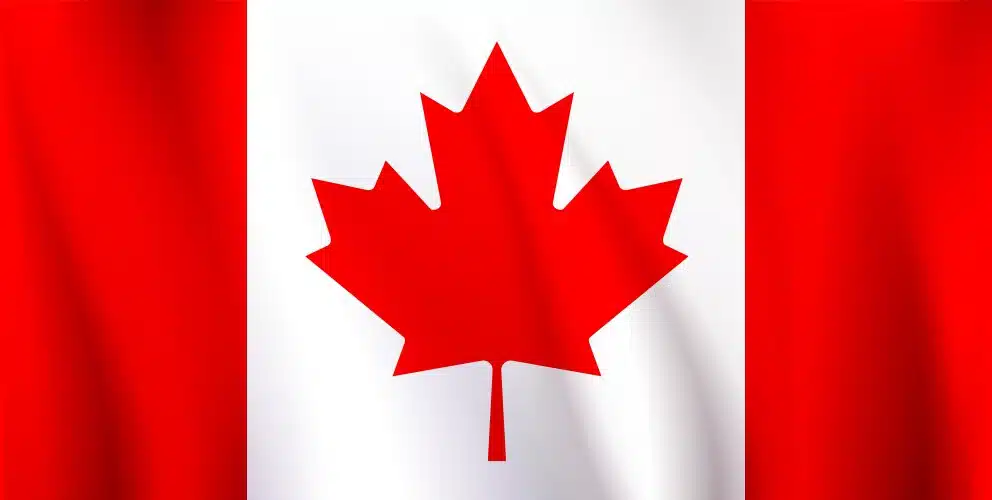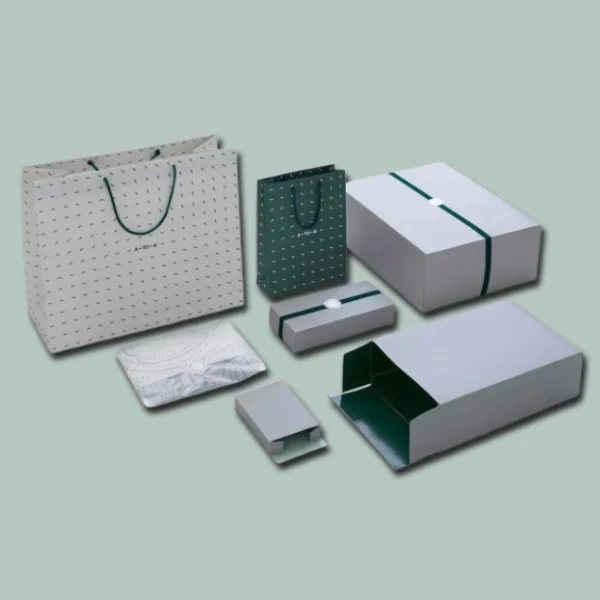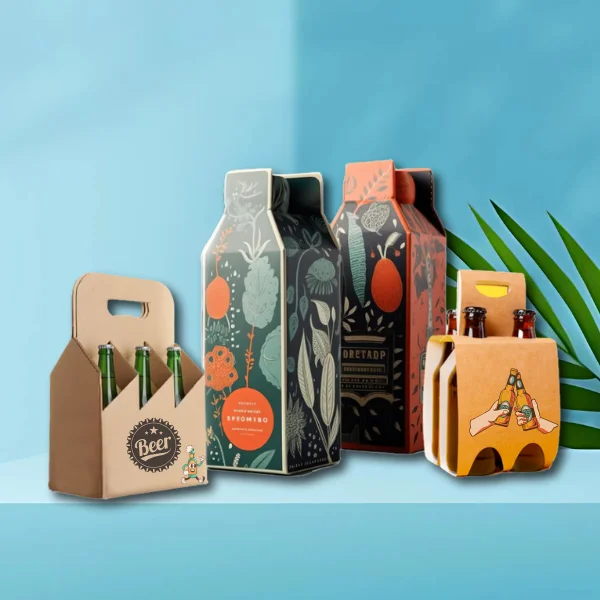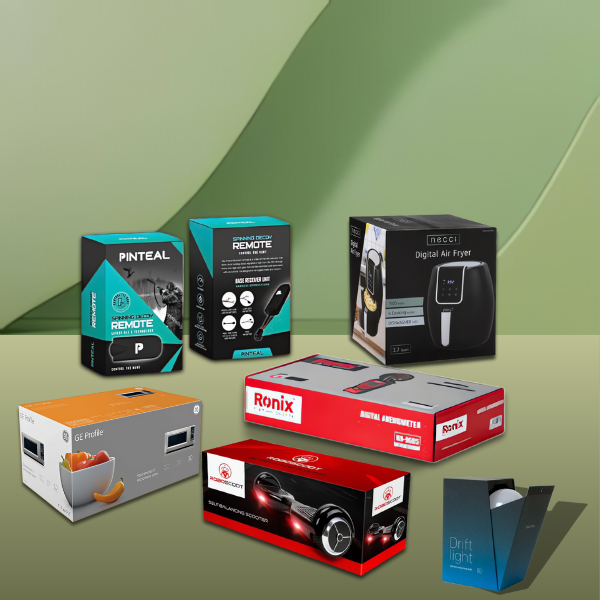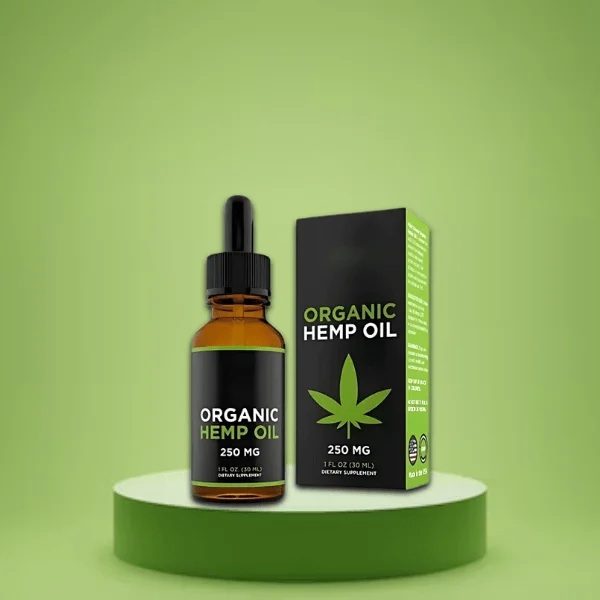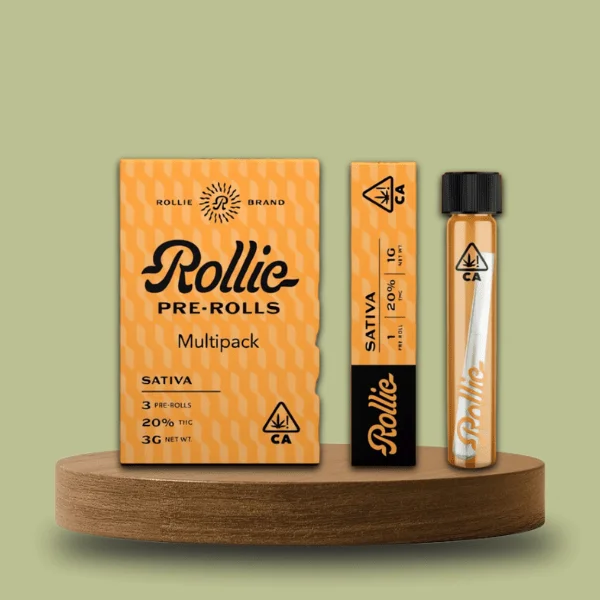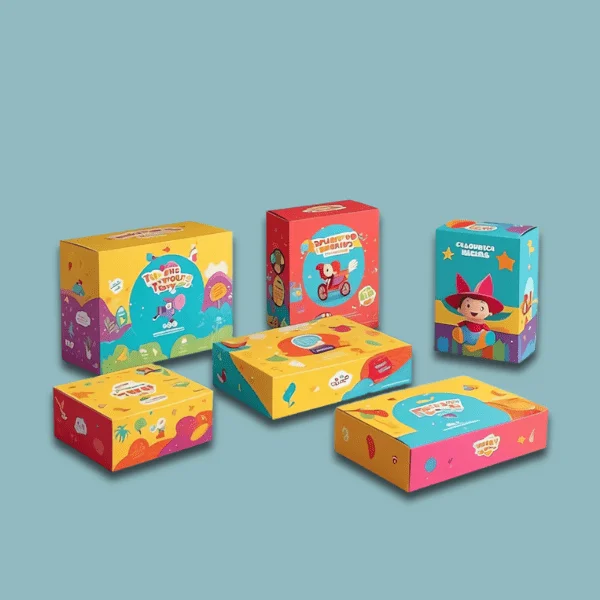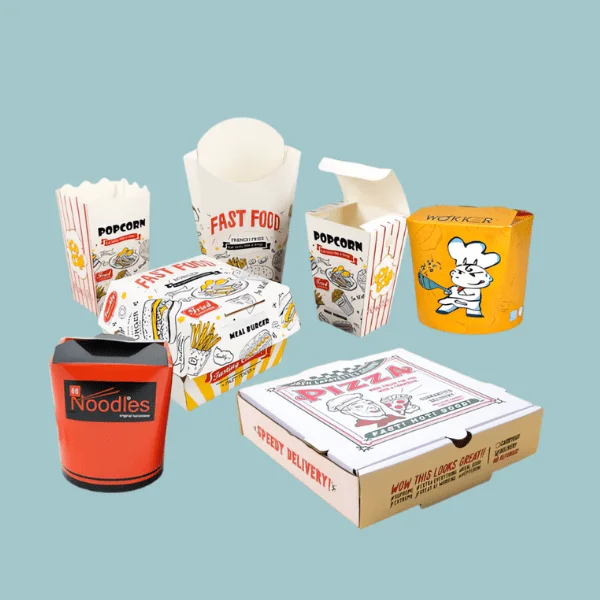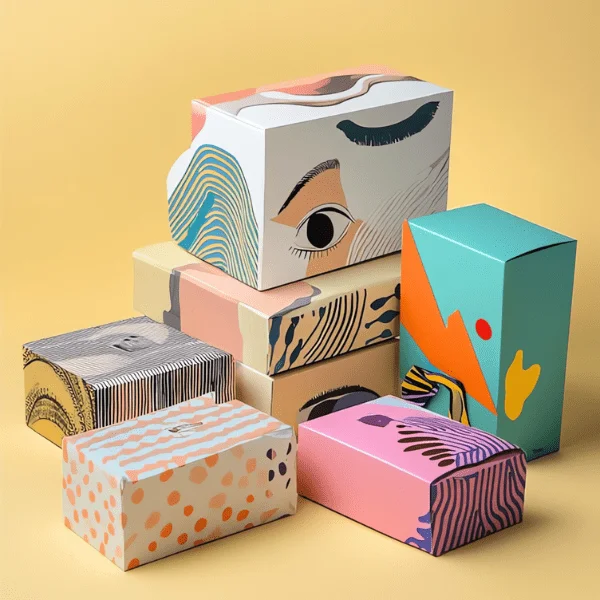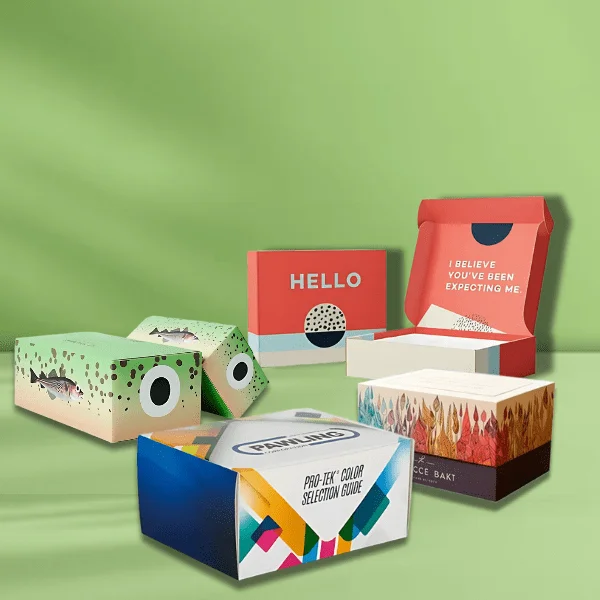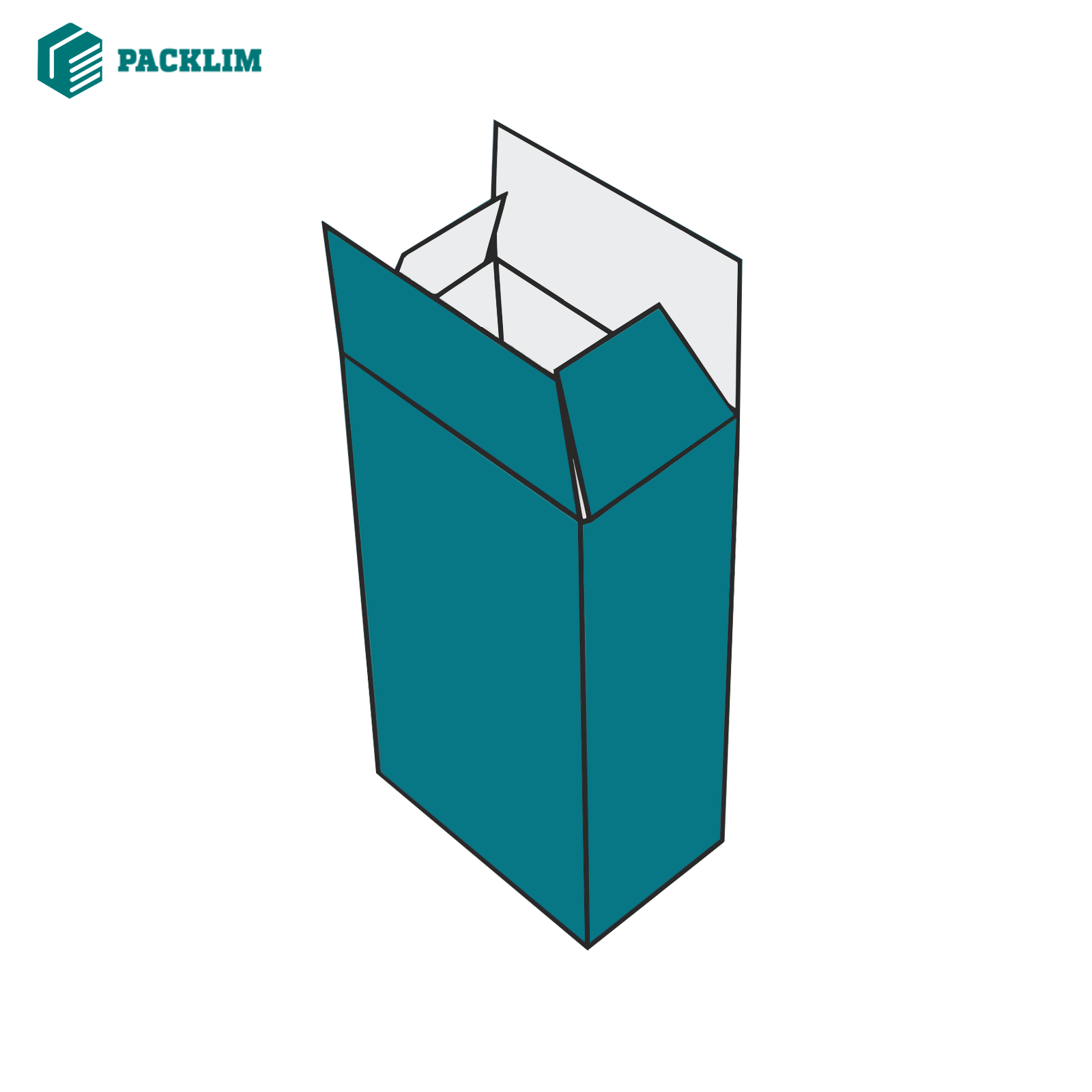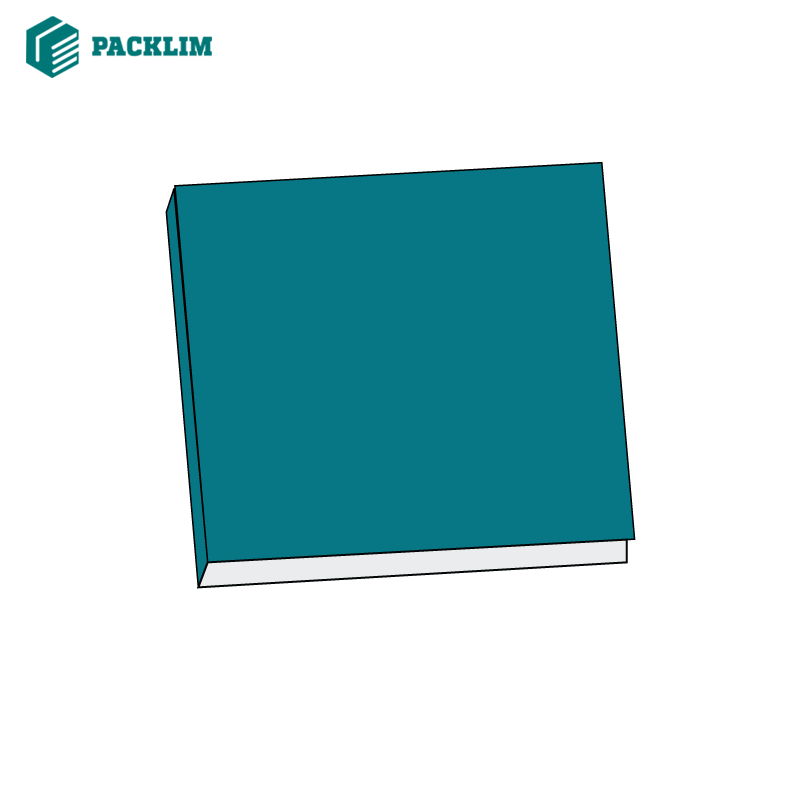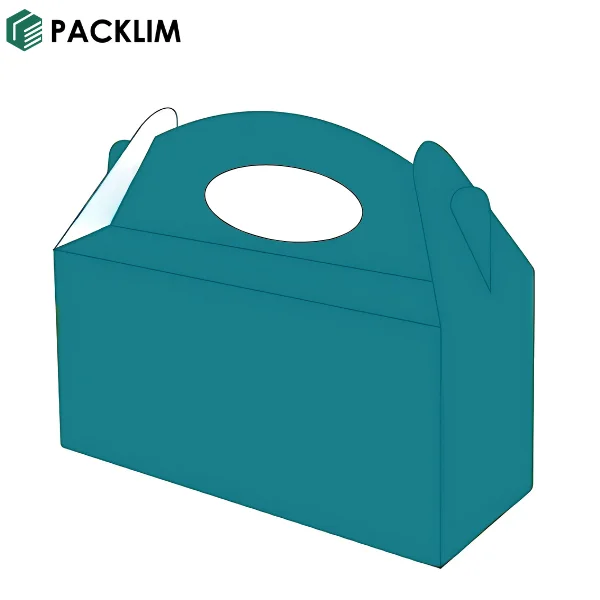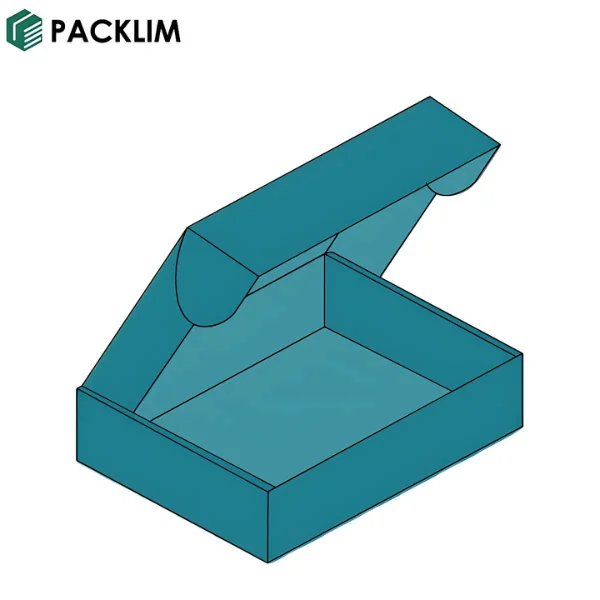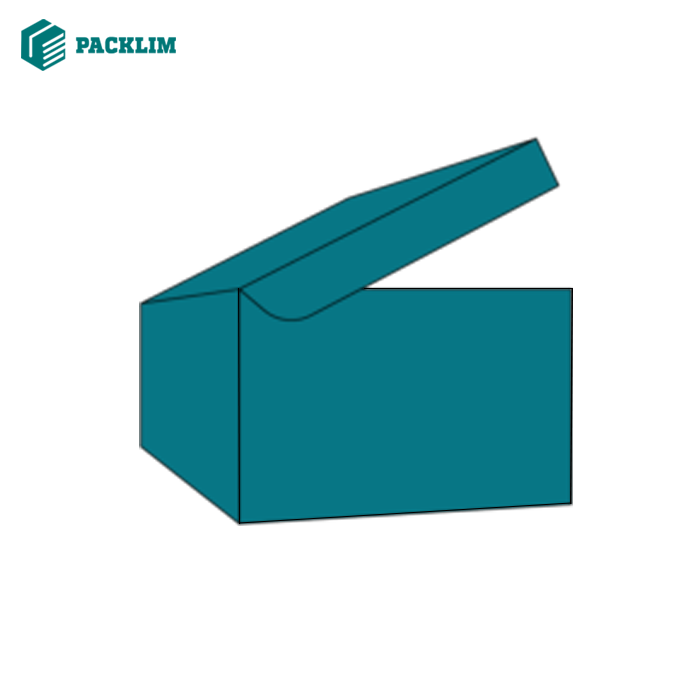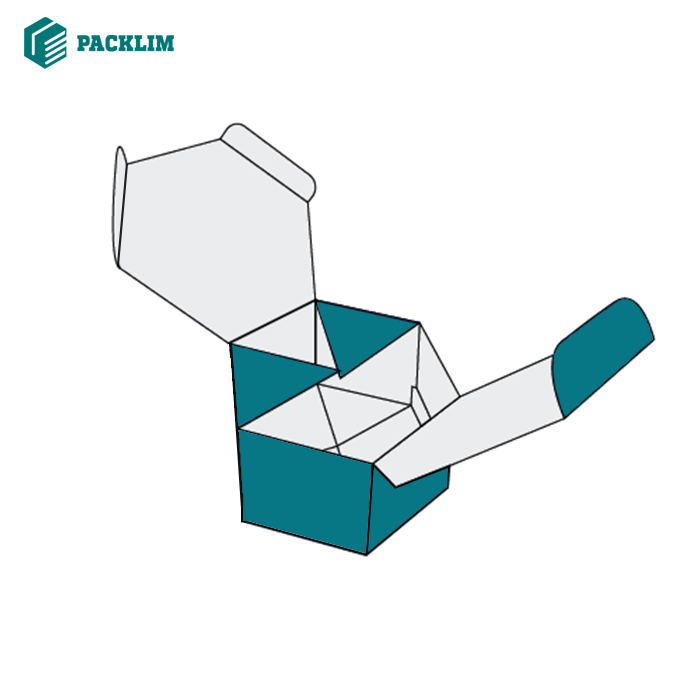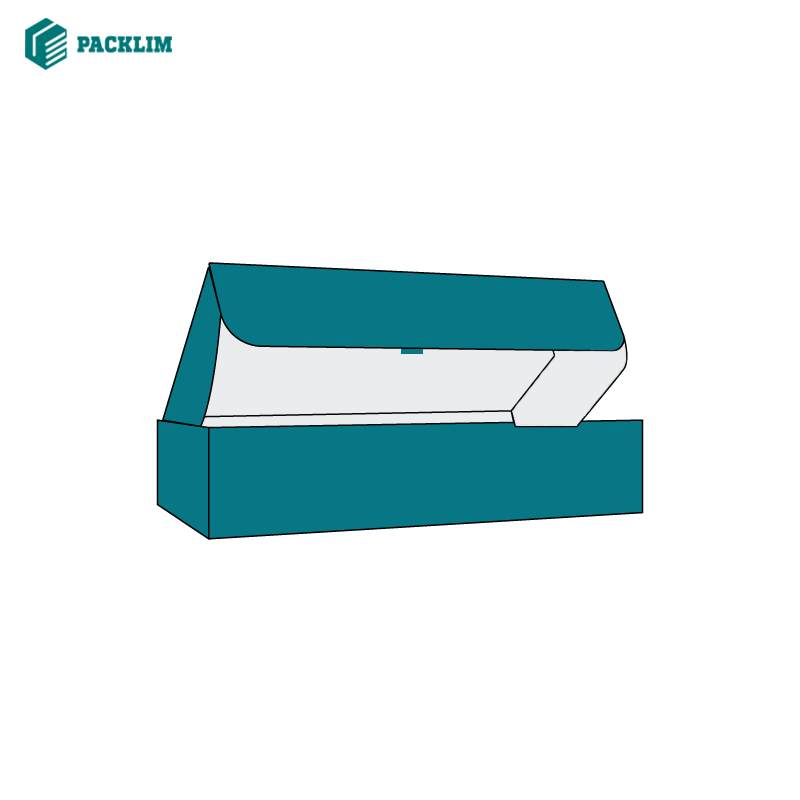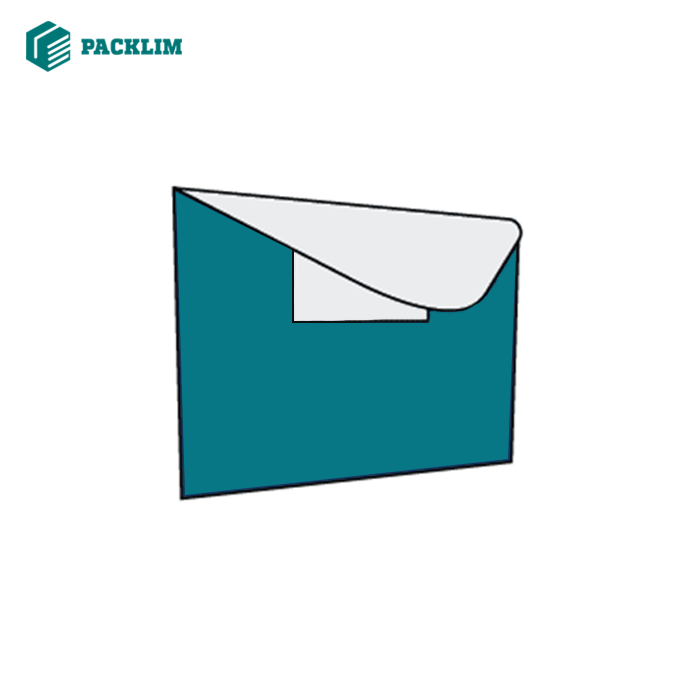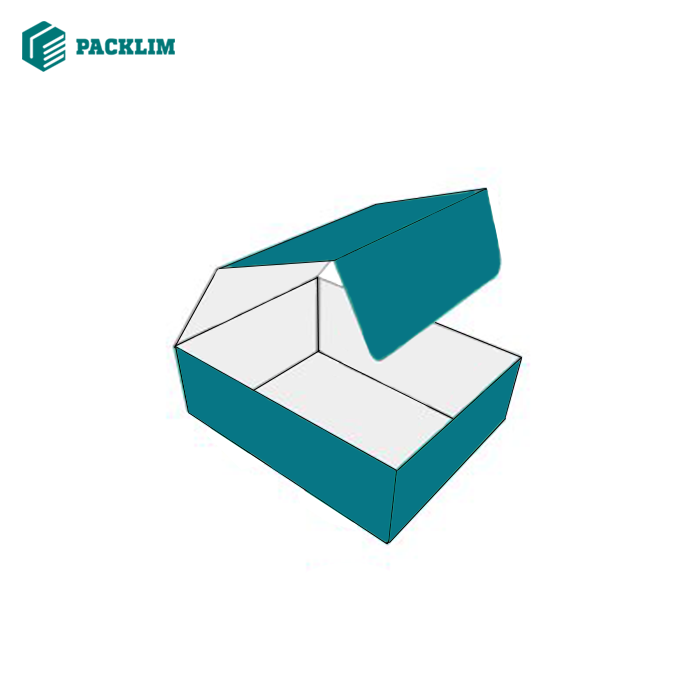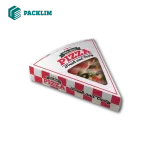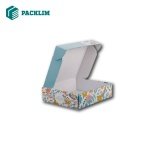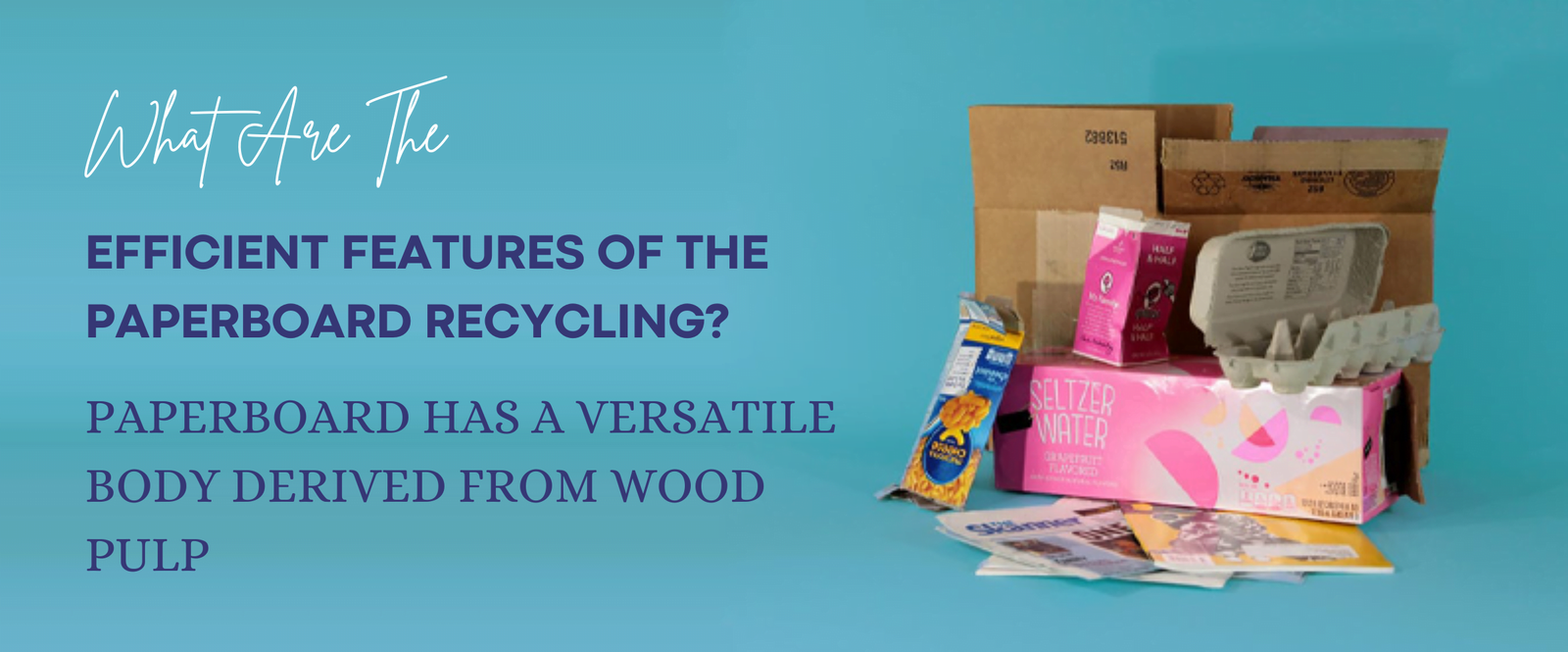
What Are The Efficient Features Of The Paperboard Recycling?
Paperboard has a versatile body derived from wood pulp. It has become popular in different industries globally. Adaptability, eco-friendliness, and durability are fueled by its widespread construction, packaging, and printing use. Let‘s dig deeper into the multiple factors, applications, environmental impact, and recycling processes of cardboard.
What Materials Are Used For Paperboard?
What is a paperboard? Well, it is a thick and sturdy paper-based material that is used for making and packaging boxes. Sometimes, it is also referred to as cardboard. The structure of the cardboard consists of a thick, versatile paper-based material distinguished by its durability and rigidity. Typically, it is designed from repressed layers of paper pulp and sourced from wood fibers and recycled paper. Moreover, it comes in several finishes, grades, and thicknesses. A vast array of commercial and industrial needs are being catered to by cardboard.
Exploring The Production And Composition Of Cardboard
The manufacturing of cardboard generally consists of a fusion of fibers extracted from wood pulp, recycled paper, and natural materials like sugarcane and bamboo. The composition process can vary depending on the specifications and desired grade of the final product. The fibers undergo a process of various steps involving bleaching, pulping, and pressing to create rigid sheets.
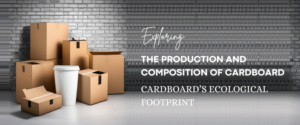
Diving Into The Diversity Of Cardboard
There are multiple types of cardboard, some of which are listed below:
- Pressed paperboard: Manufactured by compressing layers of recycled paper fibers with strong adhesives, also known as particle board and chipboard. Pressed paperboard is commonly used in applications that require rigidity. Moderate strength give back boards for game boards and notebooks.
- Solid bleached sulfate paperboard: SBS paperboard is manufactured from bleached wood pulp. It results in a bright white, smooth surface which is suitable for luxurious packaging and printing applications. Furthermore, it provides superior prints and strength to make it a go-to alternative for packaging. The packaging covers any preference such as consumer goods packaging, cosmetics boxes, and luxury packaging.
- Paperboard boxes: these boxes are omnipresent in the packaging industry. It offers eco-friendly and cost-effective solutions for shipping and product packaging. Cardboard boxes are available in several sizes, shapes, and designs accommodating multiple packaging needs worldwide. They vary from healthcare and electronics to beverages and food.
- Paperboard sheets: these sheets are used in mounting, crafting, signage, and printing applications. Cardboard sheets are available in several finishes and thicknesses. They are ideal for displays, structural elements, and promotional materials. Thus, they offer a smooth texture for printing high-quality text and graphics.
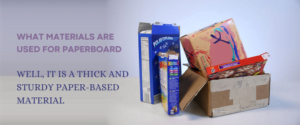
Strategies For Sustainable Paperboard Recycling
Cardboard recycling plays a significant role in alleviating environmental impact and preserving natural resources. The recycling process consists of collecting used cardboard products like printed materials, boxes, and packaging. Then, it processes them into recycled pulp. Therefore, the recycled pulp is refined into new paperboard sheets, paperboard papers, and items. It closes the loop on the material’s lifespan. Have a look at the advantages of cardboard recycling as follows:
- Preservation of resources: The reprocessing of cardboard minimizes the demand for wood pulp. It preserves natural habitats and forests while saving energy and water contrasted with the composition of cardboard from raw materials.
- Reducing pollution: cardboard recycling helps in diverting heavy volumes of waste from landfills. It mitigates waste and greenhouse gas emissions connected with the decomposition of landfills.
- Economic freedom: the reprocessing industry provides multiple jobs and sorts of manufacturing. It contributes to local businesses and fosters a sustainable lifestyle.
Navigating Challenges And Considerations
With its climatic advantages, cardboard recycling bears some challenges as well. Challenges include inefficient collection systems, market fluctuations, and contamination from mixed materials in reformed material demand. Additionally, addressing these challenges it needs collaboration among stakeholders. It promotes responsible recycling practices by investing in infrastructure and public awareness campaigns.
Advancements And Innovations
The cardboard firm keeps innovating responses to evolving customers’ preferences and market trends. The advanced coating techniques improve the barrier finishings of cardboard. It has extended the shelf life of putrefiable goods such as frozen foods and dairy products. Moreover, to reduce the material applications of cardboard packaging without harming its strength, they have introduced lightweight initiatives. It allows brands to create stylish packaging experiences for their consumers. Digital printing technologies have enabled personalization and customization.
Cardboard’s Ecological Footprint
Cardboard’s climatic footprint is considerably low when compared to alternative materials like metals and plastics. Paperboard paper offers a biodegradable and renewable nature, which is coupled with structured recycling systems. It contributes to lowering carbon footprints, reducing landfill pollution, and overall eco-friendly sustainability. These cardboard are unlike plastics which are harmful to our environment. Moreover, recycling technology has made it convenient for us to reprocess cardboard fibers several times without compromising on their quality.
Conclusion
Let us conclude this comprehensive analysis, cardboard caters to sustainable and versatile material with several usages all over the world. It provides printing, packaging, construction, and crafting. The inherent properties of sturdiness, rigidity, recyclability, and environment-friendly make cardboard a perfect choice for businesses, customers, and manufacturers collectively. Embrace cardboard recycling and advocate responsible consumption practices. We should harness the full potential of this amazing material which reduces pollution and makes a greener future for our generations. Cardboard remains a mark of ingenuity, resilience, and the enduring power of human innovation. It will keep shaping the way we work, interact, and live with our surrounding world for future generations.
